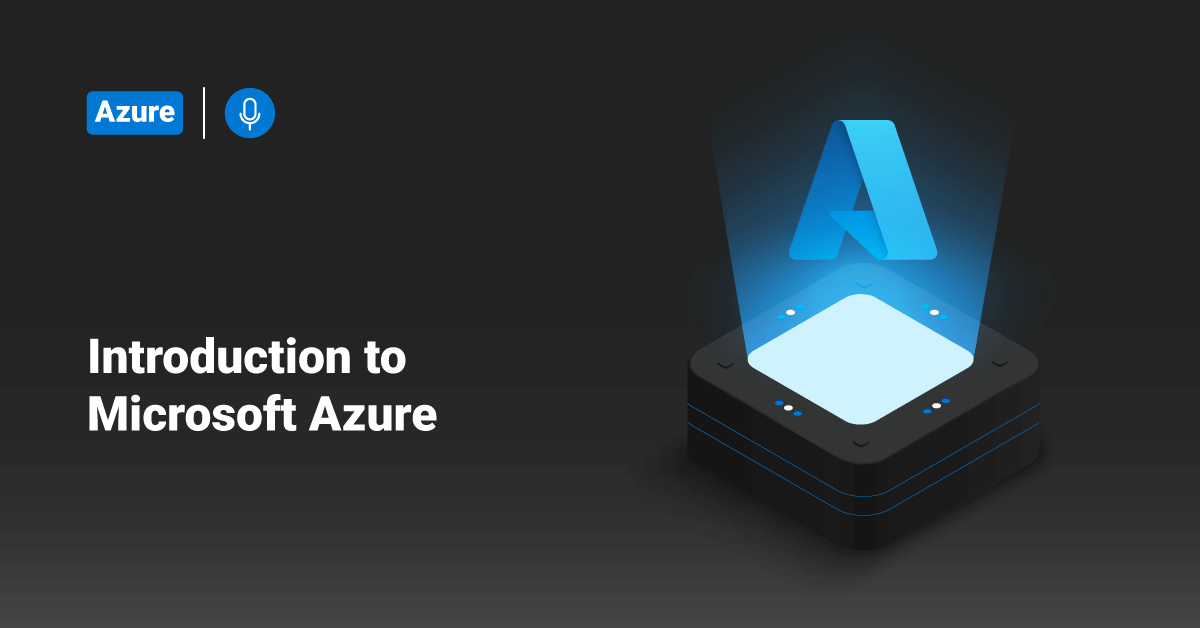Windows Azure, lately renamed Microsoft Azure in 2014, is a public cloud computing platform offered by Microsoft to build, manage, and deploy services and applications through a global network of data centers. Azure provides a range of cloud services, such as analytics, compute, networking, storage, and much more. Azure is a public cloud provider with solutions including Software as a Service (SaaS), Platform as a Service (PaaS), and Infrastructure as a Service (IaaS).
Azure is a flexible, fast, affordable, and reliable cloud computing platform. The capabilities and pricing of this platform make it one of the best public cloud offerings in today’s market. Some of the features offered by Microsoft Azure are:
Implement and Enhance Backup and Disaster Recovery
Azure is a dream tool for backup and disaster recovery as it offers advanced site recovery, flexibility, and built-in integration.
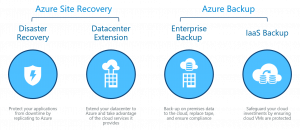
Microsoft Azure is flexible and can backup data on any operating system, in almost any language, and from any location. Developers can also schedule the frequency and extent of their backup on a monthly, weekly, and daily basis.
Azure’s site recovery feature can enhance the tape backup with minimal onsite maintenance, offsite replication, minimal operational cost, minimal or no capital investment, and up to 90 years of data retention. Microsoft Azure makes sure to store three backup copies in three different locations in the data center, along with three copies in a remote Azure data center. This feature makes sure that backup data are secure and businesses need not worry about losing their data.
Azure’s site recovery feature helps to create a seamless and robust cohesion between Azure, HyperV, and System Center by integrating with them. The built-in integration feature of Azure allows creating additional backups in Windows virtual environment quickly.
Develop and Host Mobile and Web Applications
Microsoft Azure helps to develop, host, and manage both mobile and web apps. Azure can make those applications adaptive and autonomous with the help of AutoScale, patch management, and integration for on-premise apps feature.
Azure’s automatic patch management feature helps developers manage the infrastructure in very little time, giving them time to ultimately focus on improving the application.
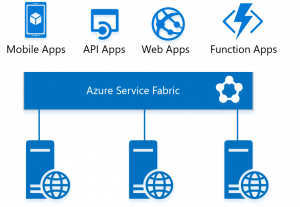
AutoScale is a feature built into the web applications of Azure that helps to adjust the resources based on customer web traffic automatically. This feature allows the customer to save money when they are not having much traffic as more resources are only added during peak times.
Azure seamlessly links web applications to an on-premise app that helps both employees and partners connect and access the applications in both locations securely from their firewall.
Innovate with the Internet of Things (IoT) Industry Solutions
The flexibility, security, and scalability of Azure make it the perfect resource for businesses moving towards IoT solutions. The devices can be connected to the cloud using solutions that integrate with the existing infrastructure and collect new data about the business.
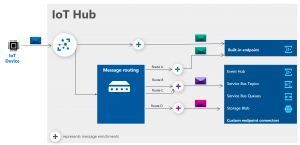
With the help of Azure Internet of Things (IoT) Hub, developers can monitor and manage their billion devices and gain insights that can help them make better decisions and improve customer satisfaction. This feature can also help customers to reduce complexity, speed up development, and lower costs. Azure IoT solution accelerators feature helps businesses to customize their configuration to their needs using the preconfigured templates.
Take Website Global
Azure incorporates more global regions than any other cloud provider, offering scalability to bring applications and users closer worldwide. Microsoft Azure is available in 50 plus regions around the globe which helps in preserving data residency. This wide selection of regions offers comprehensive compliance and flexible options to the customers.
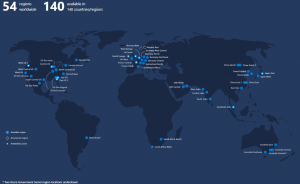
Azure Services
Microsoft Azure services are mainly classified into four categories, and they are:
Computer Services: The computer services include the Azure Virtual Machines, Microsoft Azure Cloud Services, Azure Mobile Services, and Azure Website that helps to process data on the cloud with the help of powerful processors.
Application Services: The application services offered by Azure includes services that help to build and operate applications, such as Service Bus for connecting distributed systems, Azure Active Directory, Azure Media Services, Azure Scheduler, etc.
Data Services: The data services offered by Microsoft Azure helps to store data that can be scaled according to requirements over the cloud. Azure’s data services are Azure SQL Database, the Redis Cache, and Microsoft Azure Storage (Azure File Service, Blob, and Queue Table).
Network Services: The network services offered by Azure helps businesses to connect with on-premises and cloud infrastructures, such as Azure Traffic Manager, Virtual Networks, and Azure Content Delivery Network (CDN).
Difference Between Microsoft Azure, Google Cloud, and AWS
Like Azure, Google Cloud and Amazon Web Services are some of the most popular cloud providers in today’s cloud computing industry. However, there are differences between them. Some of the main differences between Azure, Google Cloud, and AWS are:
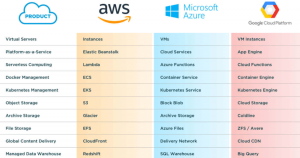
| Azure | Google Cloud | AWS |
| For computing purposes, Azure uses Virtual Machines. | For computing purposes, Google cloud uses GCE (Google Compute Engine). | Amazon Elastic Compute Cloud (EC2) offers core compute services in AWS. |
| Microsoft Azure uses a storage block bob that includes blocks for storing data. | Google Cloud uses Google Cloud Storage to store data. | Amazon Web Services mainly uses Amazon Simple Storage Service (S3) to store data. |
| The overall pricing structure of Azure is difficult to understand unless one has a considerable amount of experience. | It offers the lowest pricing when compared to other cloud providers. | Like Azure, AWS pricing is generally cryptic. The overall structure of granular pricing is a bit complex. |
| Azure uses VNet as the virtual network. | Google Cloud uses subnet as their virtual network. | Amazon uses Virtual Private Cloud (VPC) as the virtual network. |
| Microsoft Azure follows the Load-Balancer Application Gateway configuration. | Google Cloud follows the Cloud Load Balancing configuration | AWS follows the Elastic Load Balancing Configuration. |
